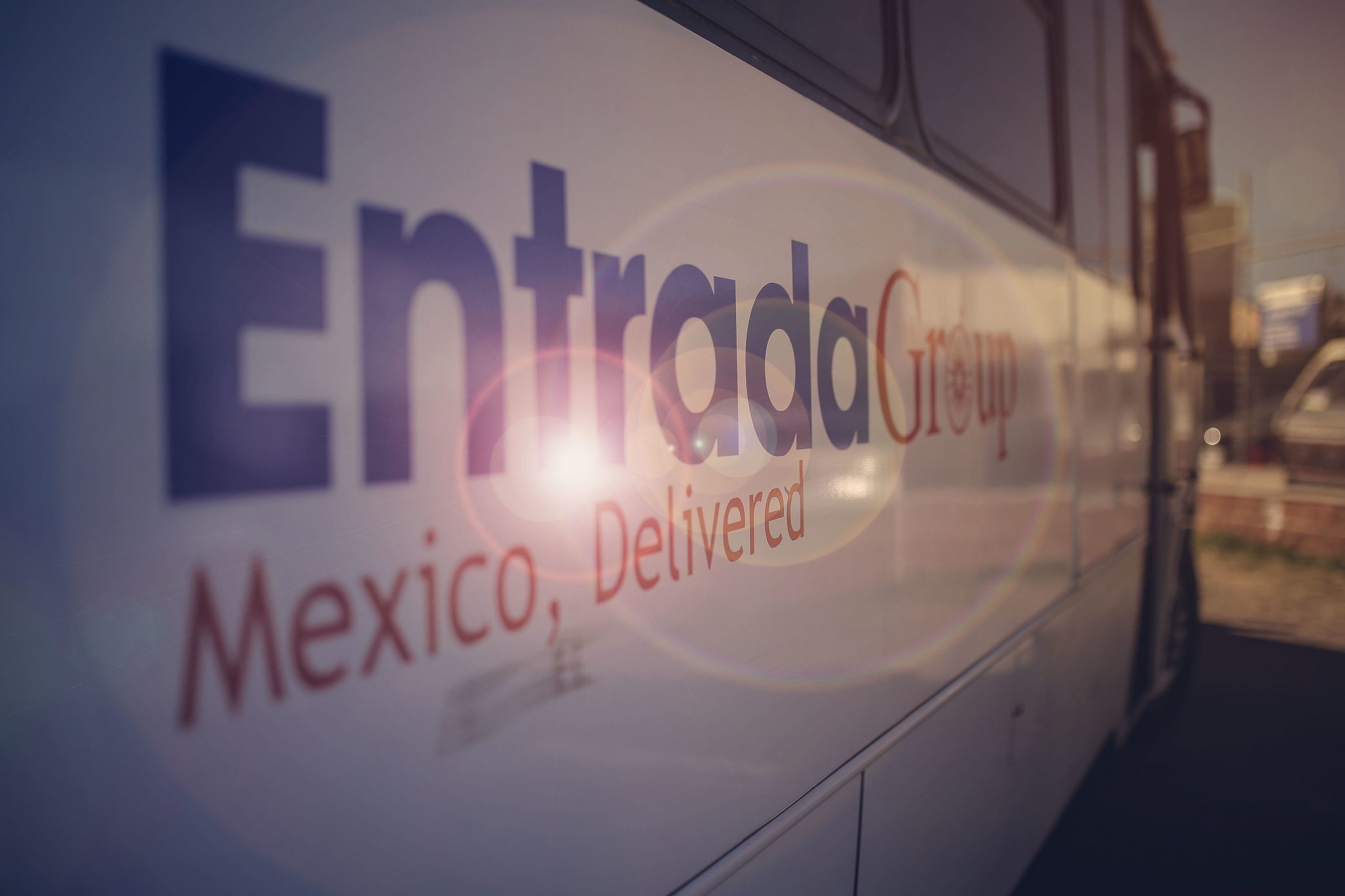Plastics Today 2016: Mexico’s automotive supply base is essential, but quality concerns remain
Almost one quarter of companies rank supply base as ‘poor’
As published in Plastics Today.
Mexico’s automotive industry is booming, according to various reports, but there continue to be some stumbling blocks to doing business in that country. According to a new survey from Entrada Group (Austin, TX), a company whose turnkey system offers a fast track to manufacturing in Mexico, while 90% of automotive manufacturers in Mexico believe having a strong, reliable supply base is “very important,” 23% of them rate the quality of that supply base as “poor.”
Only 17% of respondents to Entrada’s survey, Mexico’s Automotive Manufacturing – Incentives & Barriers , rated their supply chain as “excellent,” while 60% rated their supply chain as “good.” Doug Donahue, Vice President, Business Development, for Entrada Group, told Plastics Today that obtaining “quality product in region at a cost-effective rate is a principal problem,” so OEMs must continue to import. “This creates not only a transportation cost issue, but also a broader cost issue consisting of Mexican compliance issues, payment to Mexican customs brokers, as well as warehousing and storage fees.”
The survey also noted that while no single concern dominates, the top two concerns of respondents are security (56%) and lack of knowledge of regions of Mexico (45%). This indicates that there is plenty of room for improvement in the supply chain in Mexico; but there are also plenty of opportunities for suppliers considering establishing operations there, noted the survey summary.
Other concerns expressed by survey respondents included uncertainty over how to set up and run operations in Mexico (40%); the availability of talent (40%); and import/export procedures (38%).
In spite of these concerns, Mexico is recognized as having many benefits to manufacturers. “The benefits that Mexico offers to manufacturers are clear,” said Donahue. “Competitive wages, growth prospects thanks to a trade philosophy, reliable infrastructure, proximity to the U.S., an educated workforce and a growing supplier base. These factors combine to make Mexico a location any manufacturer seeking growth has to consider.”
The survey found that, compared with 2012 results, interest in manufacturing in Mexico is greater for 49% of the respondents, and “the same” for 47% of respondents. Only 4% said interest in putting manufacturing in Mexico had declined since 2012. For those who who said their interest in manufacturing in Mexico had increased, the primary reasons were entering new markets combined with Mexico’s many free trade agreements; 59% cited more pressure from customers to put manufacturing in Mexico; 44% noted Mexico’s potential as a cost-competitive production location; and 22% want to move production closer to their customers to avoid supply chain problems.
While Mexico has experienced some reshoring of companies that had moved manufacturing to China eight to 10 years ago, Donahue noted that it’s important to remember that the world is regionalizing. “China will continue to be a supplier for the Asian market, while Eastern Europe and North Africa will continue to supply Europe, and Mexico will continue to supply the Americas,” Donahue explained. “In other words, any international supplier that wants to have a global business will need to execute production opportunities in all these regions.
“One of our clients, Elastomer Solutions, which s a leading European supplier of rubber-based components to some of the largest players in the automotive industry, perfectly exemplifies this point. Since Elastomer’s customers are global, it expanded its own footprint in order to remain close to them and service their growing needs. Elastomer refers to this as its Triple A Strategy: Americas, Asia and Africa. In 2012 it set up in Africa, and in 2014 it turned its focus to the Americas and set up in Mexico.”
From Donahue’s experience in working with global companies, when there is a new project, the company costs out the most effective region to manufacture the products. “Over the last couple of years, they have shifted back to Mexico, but they are not closing down their other regional facilities,” he said. “Depending on what needs to be produced and for which client, they shift operations where it is most economical.”
For smaller manufacturers such as Tier 2 and Tier 3 suppliers, there is a slightly different scenario. “When they moved their production to China, they didn’t establish their own operations—they used international sub-contractors,” said Donahue. “As China became more expensive, they began to look again at Mexico. But there are no such subcontracting options in Mexico like there are in other regions. Most are internationally owned and tied to a company’s product line.
“So the challenge is, do they want to establish their own manufacturing footprint in Mexico, which requires a significant investment, or do they work within the service industry that is set up to assist such companies, of which Entrada Group is a part.”
Respondents to the Entrada Group survey work with customers from a range of industries, not exclusively within one segment. In other words, suppliers still contemplating a production footprint in Mexico will find opportunities in many market sectors including industrial, aerospace and medical.
The full study may be downloaded at www.entradagroup.com/resources.
Source: Plastics Today



